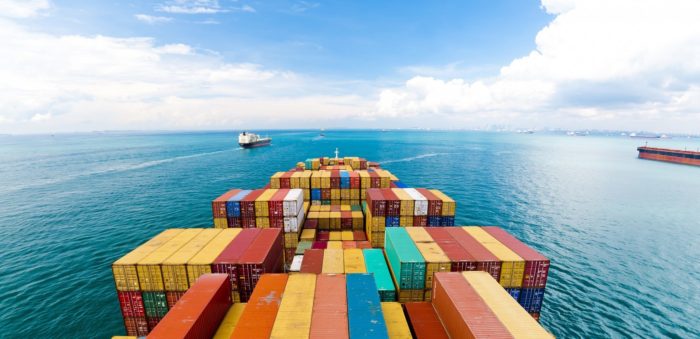The Québec Port Authority (QPA) announced the signing of a long-term commercial agreement with the port operator Hutchison Ports and the North American transportation and supply chain company CN (Canadian National Railway), to build and operate the new container terminal, known as project Laurentia (previously Beauport 2020).
This agreement increases Hutchison Ports’ network to 52 ports along 27 countries including the United Kingdom, Spain, Poland, Sweden, Germany, the Netherlands, Belgium, Australia, China, Pakistan, Egypt, Argentina, Mexico and Panama.
[smlsubform prepend=”GET THE SAFETY4SEA IN YOUR INBOX!” showname=false emailtxt=”” emailholder=”Enter your email address” showsubmit=true submittxt=”Submit” jsthanks=false thankyou=”Thank you for subscribing to our mailing list”]
The $775 million project will be funded mainly through the joint investment of the three partners. The QPA also has discussions with the federal and provincial governments to finalize the financing.
As the agreement notes, Hutchison Ports will build the most environmentally and technologically advanced cargo-handling facility in North America. This is considered a unique opportunity for the Port of Québec’s future container terminal to become one of the terminals with the smallest ecological footprint in the world.
With its fully intermodal deep-water port, its strategic location to reach the Midwest market, and the strong support shown by the local authorities, the Québec project has all the attributes to be successful in this highly important market
stated Eric Ip, Group Managing Director of Hutchison Ports.
As the project has reached a milestone, the Québec Port Authority also revealed the new brand image for its deepwater container terminal. The project will be known as Laurentia, reflecting the continental reach and importance of the new container terminal on the Saint Lawrence.
Laurentia terminal is the only facility in the St. Lawrence, able to accommodate the new generations of very large ships. It also benefits from a direct railway and highway connection and has all the necessary space to handle efficiently thousands of containers per year.
According to a study from KPMG, just for the construction phase, the project will provide $500 million in economic benefits and an average of 1267 jobs a year. Eventually, the project will generate $84 million in economic benefits a year and will create nearly 800 jobs, including 500 direct ones, in Québec.
The container terminal is currently under an environmental assessment process with the Canadian Environmental Assessment Agency.






























































